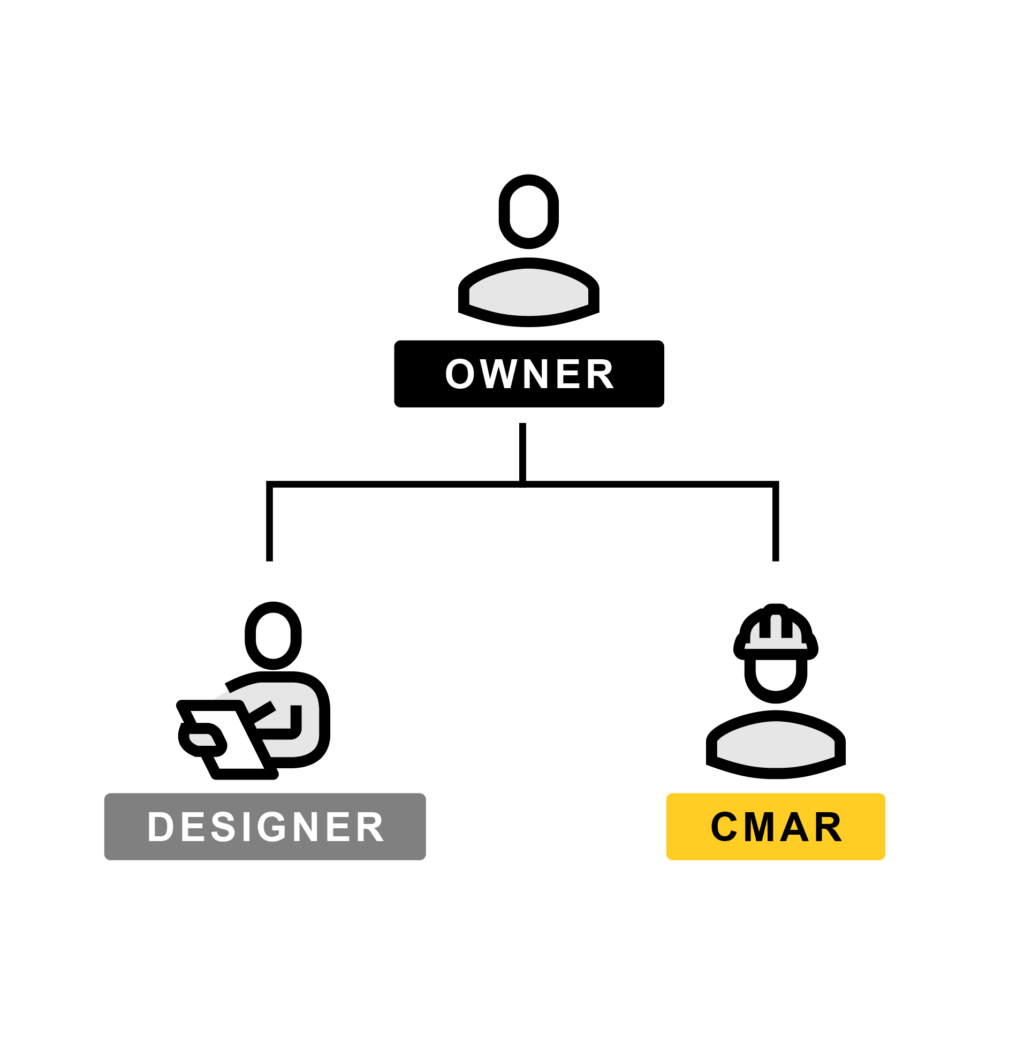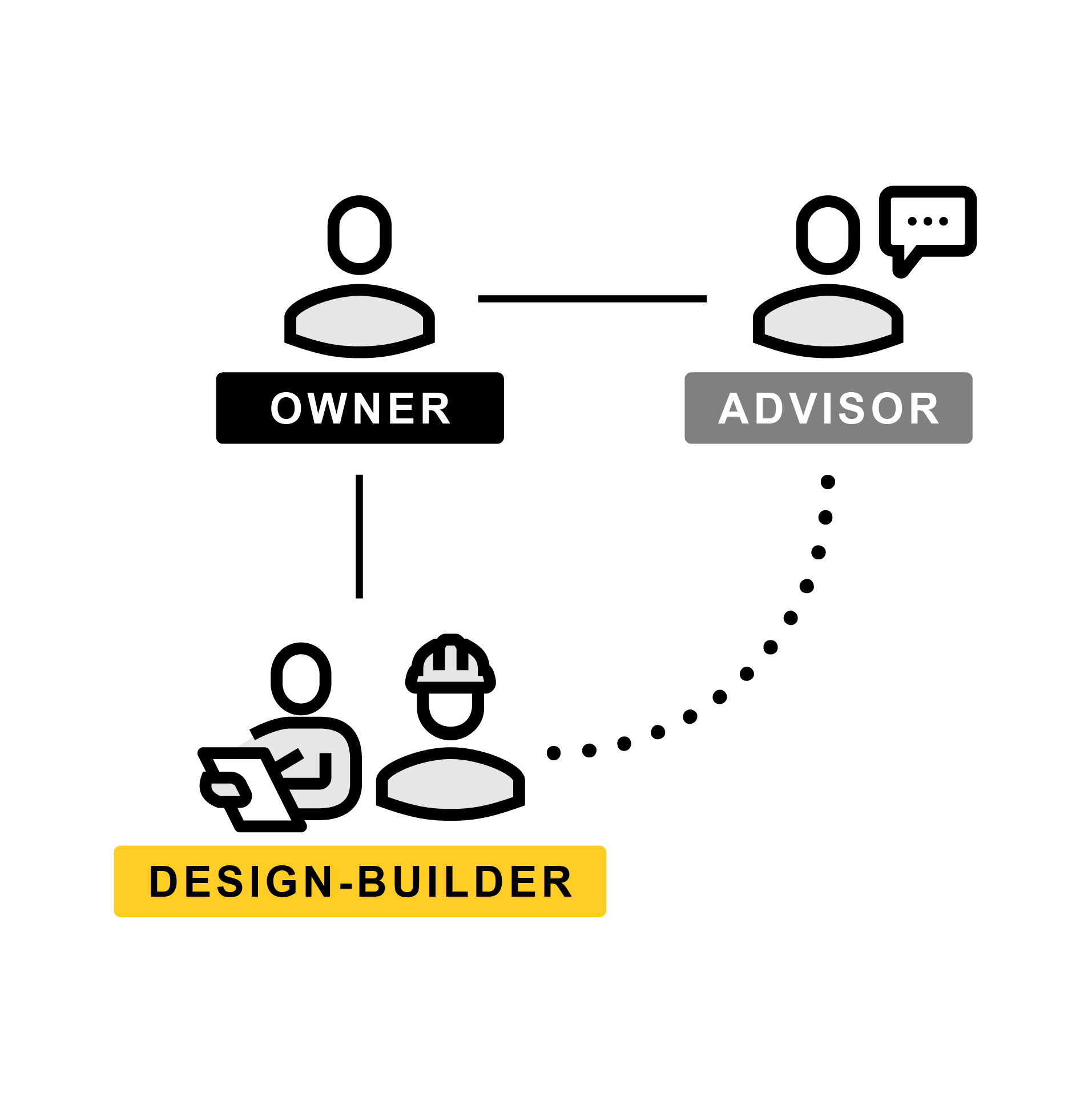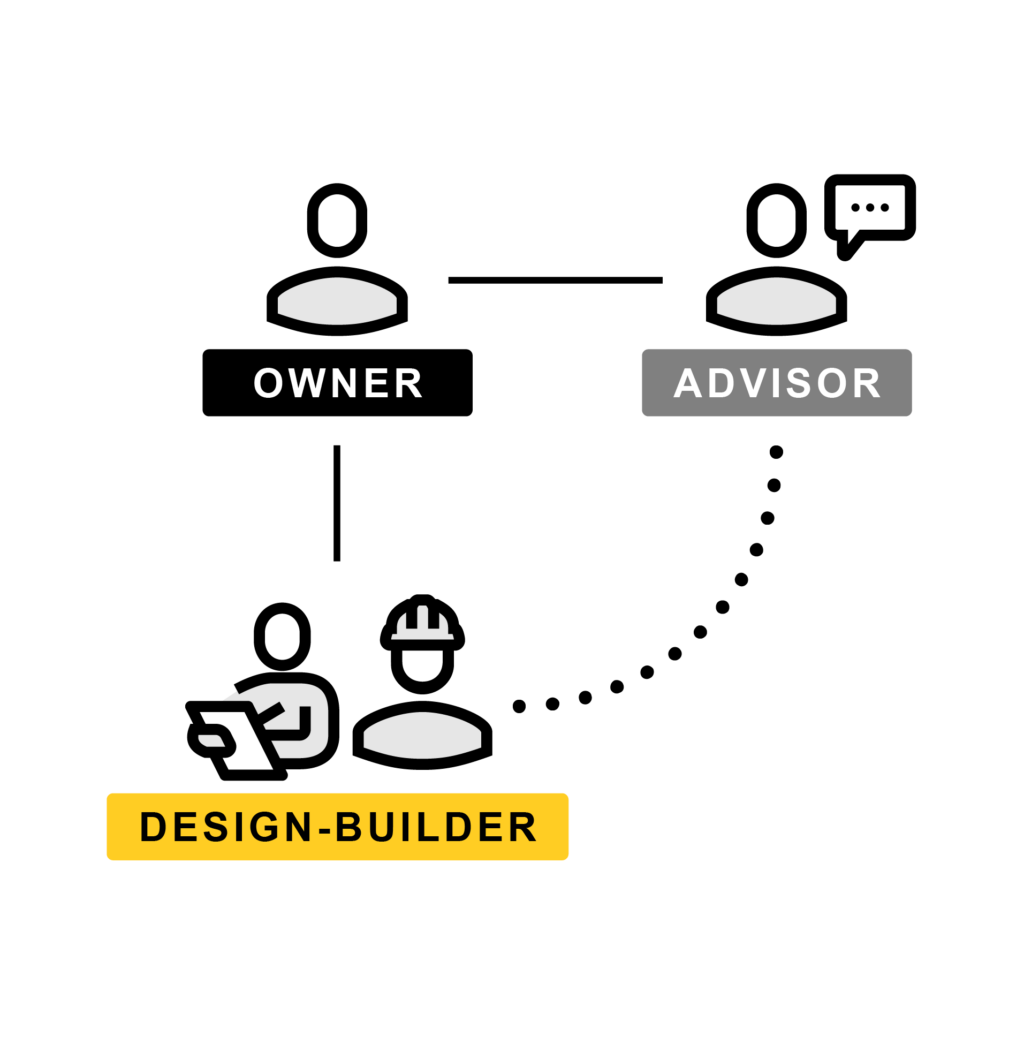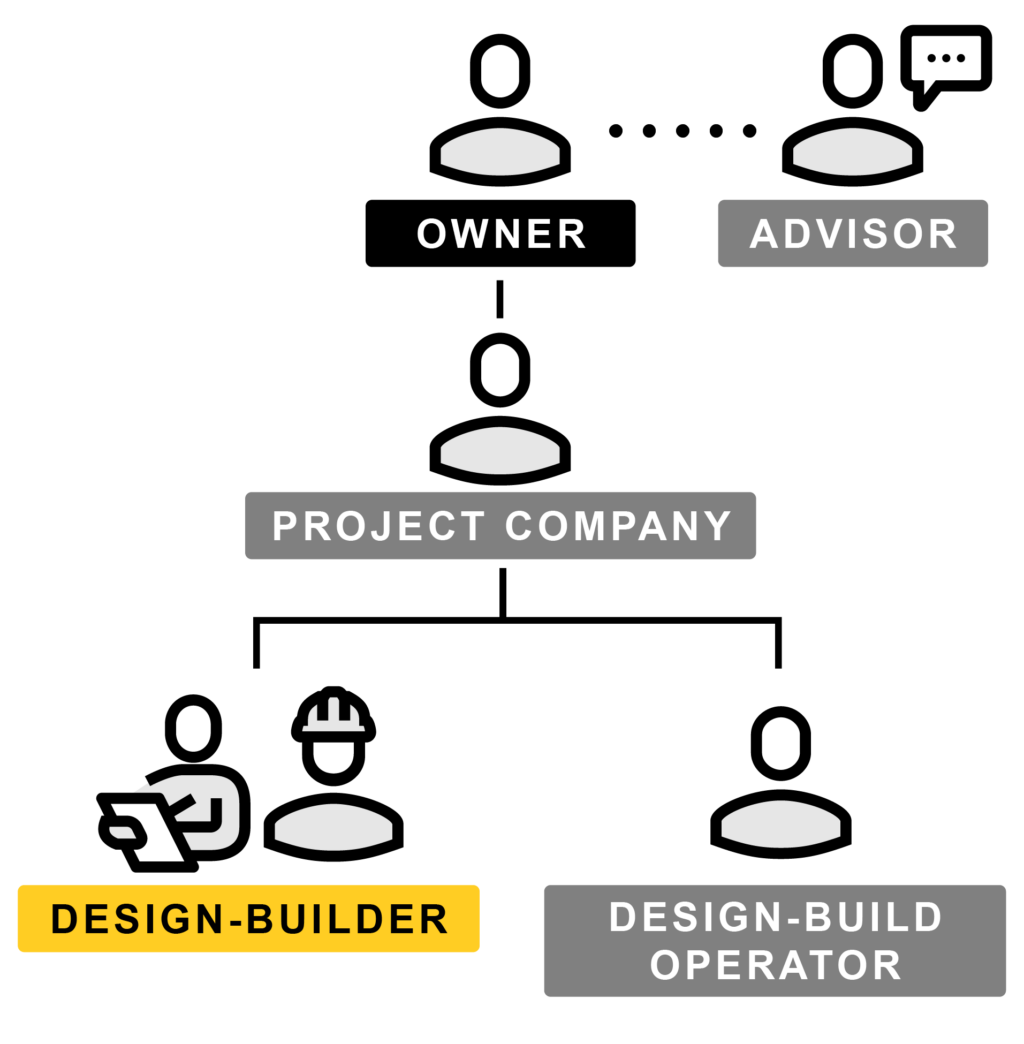Collaborative Delivery:
Project Delivery Methods for Water Utilities
Collaborating on the Complex
As water infrastructure continues to get more complex, water utilities and municipalities are finding a balance between smart design and reasonable timelines and budgets.
A growing number of project owners are looking into alternative project delivery methods that can support complex projects. These models, commonly referred to as collaborative delivery, use a framework that includes shared goals and resources among the owner, engineers and contractors to reach the best possible project outcome.
What is collaborative delivery?
In a traditional design-bid-build project, designers and contractors enter a project separately, at different stages. In many cases there is not a contractual relationship between the designer and contractor. Without shared resources and cooperation, priorities can become misaligned and lead to increases in project timelines and budgets. The project owner carries this burden as they assume most — if not all — of the risk.
Collaborative delivery is different. It is built on collaboration between owners, designers and contractors that begins well ahead of the start of construction. It requires the use of shared goals, resources and open communication.
The use of collaborative project delivery methods for new and expanding water infrastructure varies based on the scope and needs of the project. Key project drivers often include the need to address aging infrastructure, to accommodate a growing population or to incorporate cutting-edge technology to enhance operations.
What are the various project delivery methods?

CONSTRUCTION MANAGER AT RISK:
An entry-level solution for traditional DBB owners
Construction Manager at Risk (CMAR) is a construction-focused progressive delivery method that integrates the owner, engineer and builder into one team to develop the most efficient cost and schedule. Unlike other collaborative delivery models, CMAR resembles a more traditional DBB delivery from a contractual standpoint, with separate contracts for design and for preconstruction and construction services. The collaboration comes in when CMAR contracts bring specialized construction voices and key stakeholders into the design conversation, ultimately creating a close-knit group of key stakeholders responsible for the final execution. Beyond any notable shifts in direction, the “at-risk” portion of CMAR applies when the contracting partner shares an expected cost and is financially liable if the deliverables exceed that estimate.

PROGRESSIVE DESIGN-BUILD:
A highly integrated team around a shared vision
Progressive Design-Build (PDB) projects connect owners with a single design-build partner responsible for managing and executing the project from start to finish. These contracts unite the owner, engineer and builder in a collaborative, iterative relationship built on managed risk and mutual respect. After the qualifications and experience-based selection, the partner leads every stage of development — supporting in the planning, design, procurement and construction phases. PDB contracts don’t agree on a final scope until midway through design, giving the design-builder and owner the flexibility to agree on a final target price and completion date after the job is awarded.
Benefits of Progressive Design Build

DESIGN-BUILD:
One team, one contract, one process
In a Fixed-Price Design-Build (FPDB) contract, an owner will progress project design to approximately 30 percent before selecting a design-builder. That design-builder will then join the design conversation to provide innovation analysis, constructability and schedule benefits on a lump-sum basis. However, in a standard DB contract, the design-builder’s ability to demonstrate various risk-reduction measures is relatively limited as it takes the cost and schedule risk associated with the fixed-price, date-certain bid.

PUBLIC-PRIVATE PARTNERSHIP:
An ongoing partnership beyond the build itself
Public-Private Partnership (P3) is a project delivery model that involves an agreement between a public owner and a private-sector partner for the design, construction, financing and often long-term operations and maintenance of one or more infrastructure assets by the private sector partner over a specified term. In a P3 contract, a local municipality, for example, would hire a private partner to serve as the design-build partner for their new wastewater treatment plant, under the promise that partner would operate and maintain the facility through the length of the agreement.